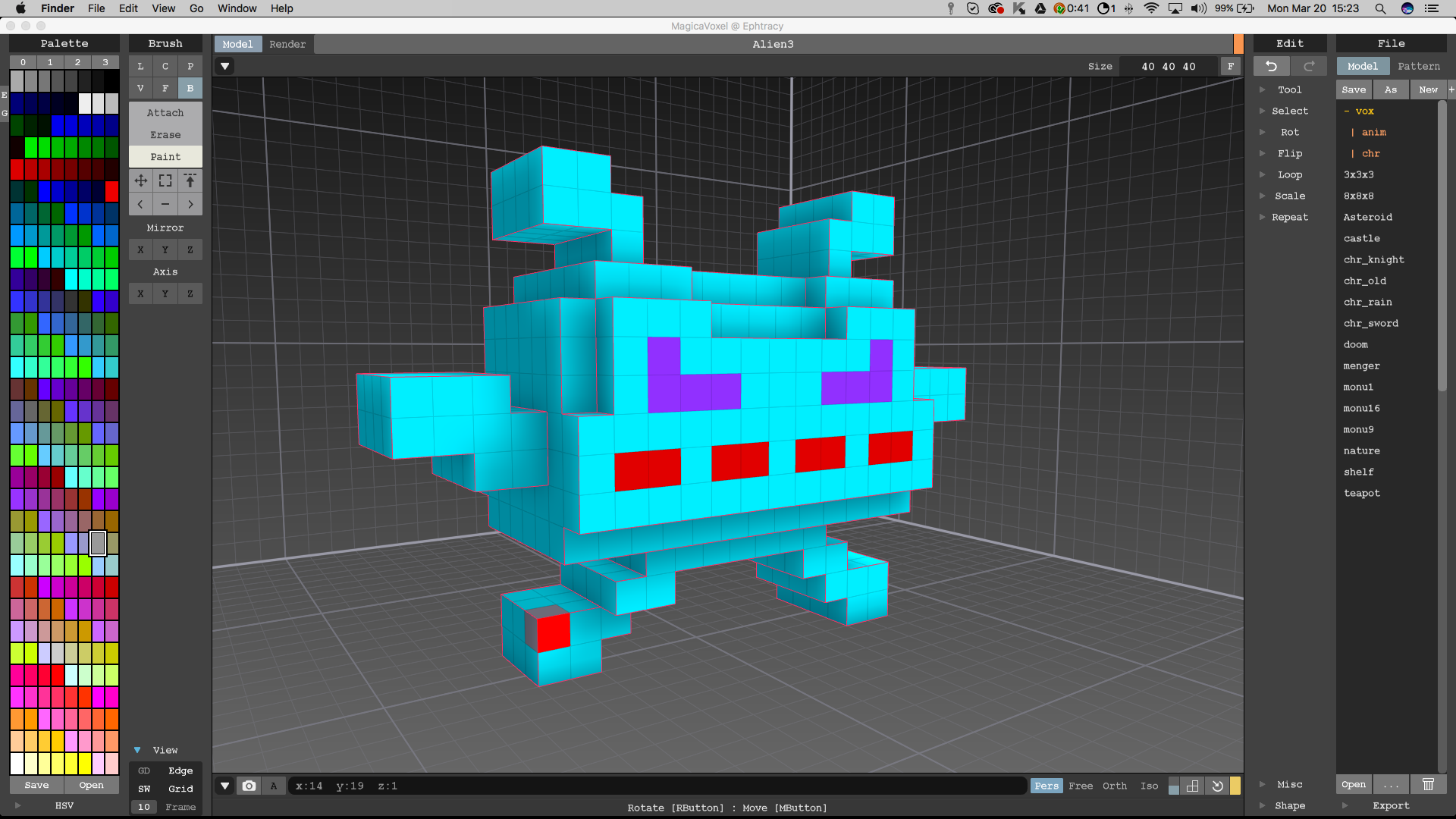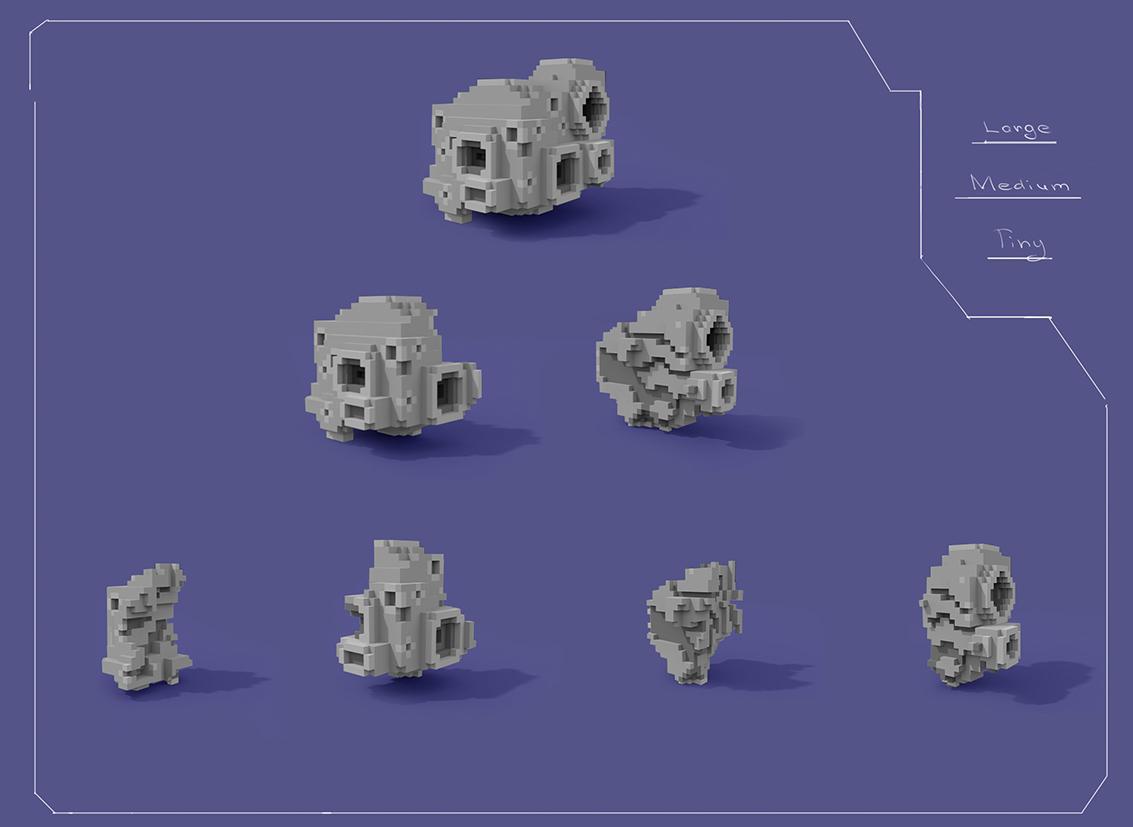Mixed Reality Goes Old Skool
Retro is all the rage. Minecraft, Terraria, and the Nintendo64 sold out in minutes. So, how do you bring a retro feel to cutting edge technology? That was the task we faced when client Mixed River hired us to help with Synergy Technical’s Game Changer HoloLens game. We know not everyone is a retro gamer […]
Retro is all the rage. Minecraft, Terraria, and the Nintendo64 sold out in minutes. So, how do you bring a retro feel to cutting edge technology? That was the task we faced when client Mixed River hired us to help with Synergy Technical’s Game Changer HoloLens game. We know not everyone is a retro gamer so the characters had to be engaging enough to appeal to today’s user, but still reminiscent of aliens we loved from Space Invaders.

Awesome right?
In the beginning, we thought we’d keep a bit of the classic process we use for development: sketch the character, detail it out, and then run through production. We soon realized we needed a way to make a big character in an itty-bitty playing space.
Enter MagicaVoxel. Instead of the normal pipeline, our concept artists built the little guys in this lightweight voxel editor. MagicaVoxel helped us achieve two goals: excellent visuals and reduced production time.

Kinda makes you feel bad shooting them, doesn’t it?
Our designers also used MagicaVoxel for our asteroids.

These little gems get blown apart and increase game complexity. As you progress through the game, more of them show up and blow up (if you’re good that is). Again, using MagicaVoxel reduced production time while improving production quality for this application.
Sometimes, it really pays to think outside of the voxel.

